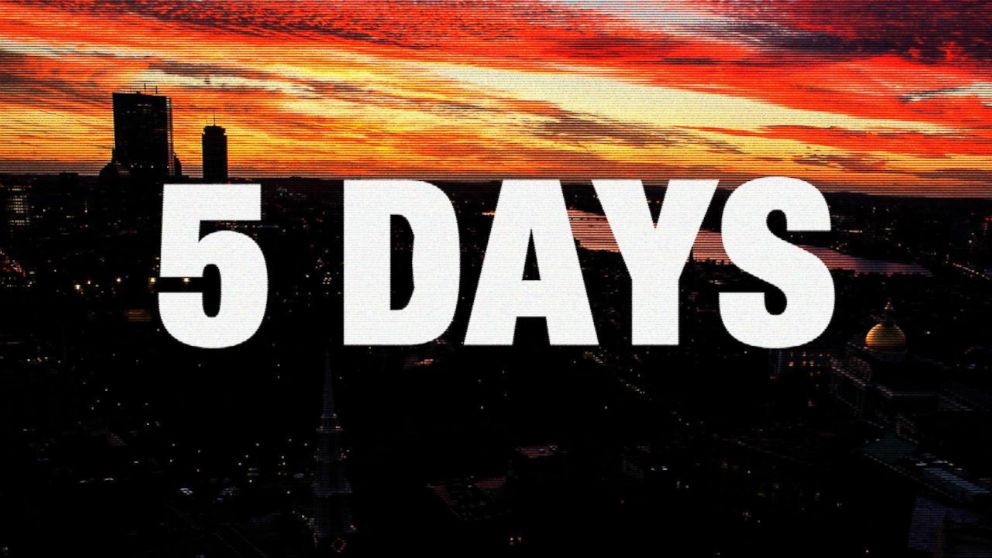Boston Bombing Day 4: The Firefight: 'I Thought We Were Gonna Die'
Suspect photos go public after FBI put in a tight spot.
— -- [This is the fourth of five installments of an ABC News digital special report "5 Days," which tells the hour-by-hour, day-by-day story of the investigation into the 2013 Boston Marathon bombing, with behind-the-scenes details based on interviews and evidence gathered by the FBI and Boston law enforcement agents who worked the investigation. Click to see Day 1, Day 2, Day 3 and Day 5. "5 Days" is written by Brian Ross and reported by Brian Ross, Rhonda Schwartz, Michele McPhee, Megan Christie, Randy Kreider and Lee Ferran.]
Watertown Police Sgt. Jeff Pugliese was less than three yards from the man shooting at him when his own pistol ran out of ammo.
“I had to reload it,” he said. “He was still shooting. I reloaded. It turned out I emptied my pistol at him.”
Pugliese remembers with exacting detail the first night he ever had to use his weapon in the line of duty after 33 years -- when he exchanged gunfire with a man later identified as one of the Boston Marathon bombers. Even though the man had been shot several times, he kept coming until he was out of ammunition.
“He kind of looked at his gun, looked at me, got frustrated, threw the gun,” Pugliese recalled. “[It] hit me in my left bicep.”
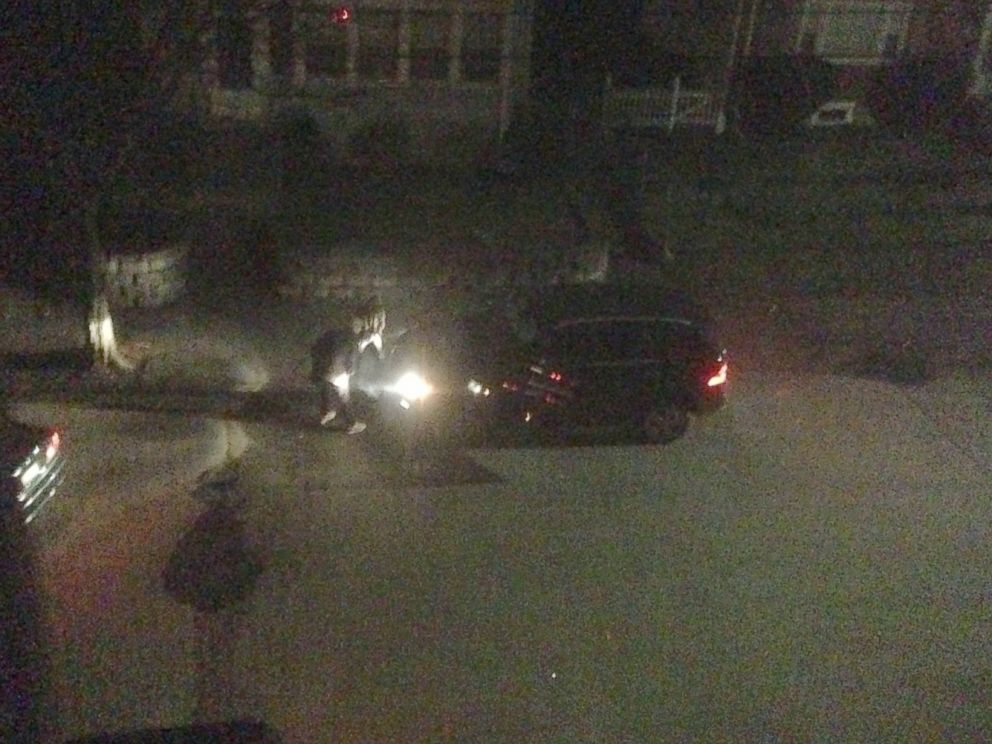
It was the very early morning hours of April 19, 2013, four days after three people were killed, including an 8-year-old boy, and more than 260 others injured in twin bombings at the Boston Marathon. That night, the bombers had taken another innocent life.
‘Strap In. This Is Going to Be a Long Night’
Seventeen hours earlier, the day had started quietly for the citizens in Boston, even as authorities were racing to track down the two men they believed responsible for the bombing.
Law enforcement had photographs of the men, but their facial recognition software had failed and in two days agents hadn’t been able to identify them. An internal debate was brewing over whether they should release the images to the public in the hopes that someone would come forward and identify the suspects.
But many field agents were against it.
“We knew it, with eyes wide open, that if we release those photos, we’re basically telling them, ‘Heads up, guys. We’ve got your photos. We’re coming for you,’” said FBI Agent Kieran Ramsey. “The element of surprise is hugely important in law enforcement when making arrests.”
Worse, some argued releasing the photos could prompt the bombers to strike again.
FBI technicians had seen one of the bombers, now known as White Hat, using a cell phone shortly before the blasts. If the two bombers could be quietly identified through cell phone tower records, maybe they could be captured before they could do more harm.
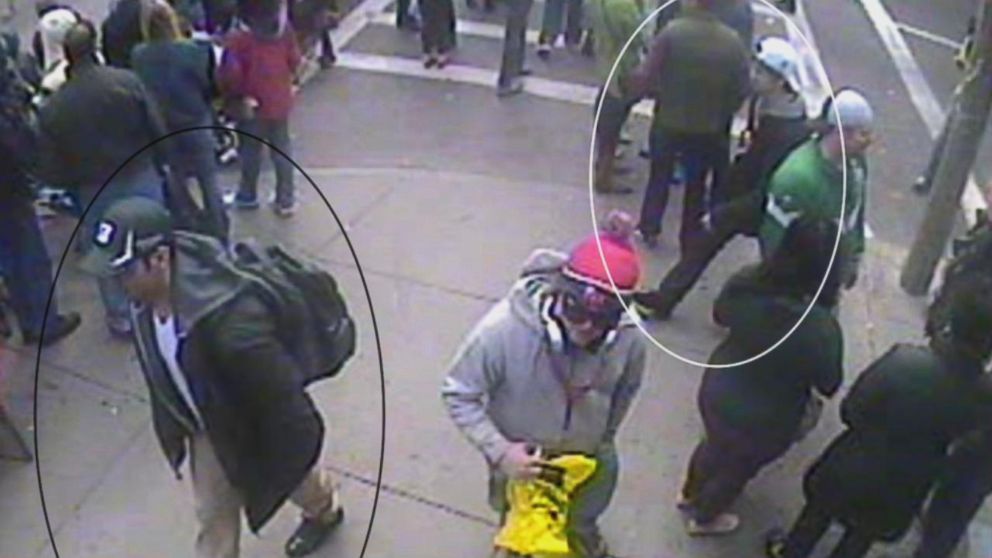
But FBI agents said their hand was forced that afternoon when a local Boston news station obtained one of the photos and wanted to break the news. John Foley, the No. 2 man in the FBI’s Boston office, said they asked the station to hold off reporting. Eventually, FBI agreed to give the station the exclusive for one hour and then release the photos themselves – a decision that Foley said went all the way to the desk of then-Attorney General Eric Holder.
At 5:20 p.m., the FBI showed the images at a press conference and said it was “enlisting the public’s help.”
“We told everybody, ‘Strap in. This is going to be a long night,’” Ramsey said. “Hopefully we’re going to get that call, that tip … And then we waited.”
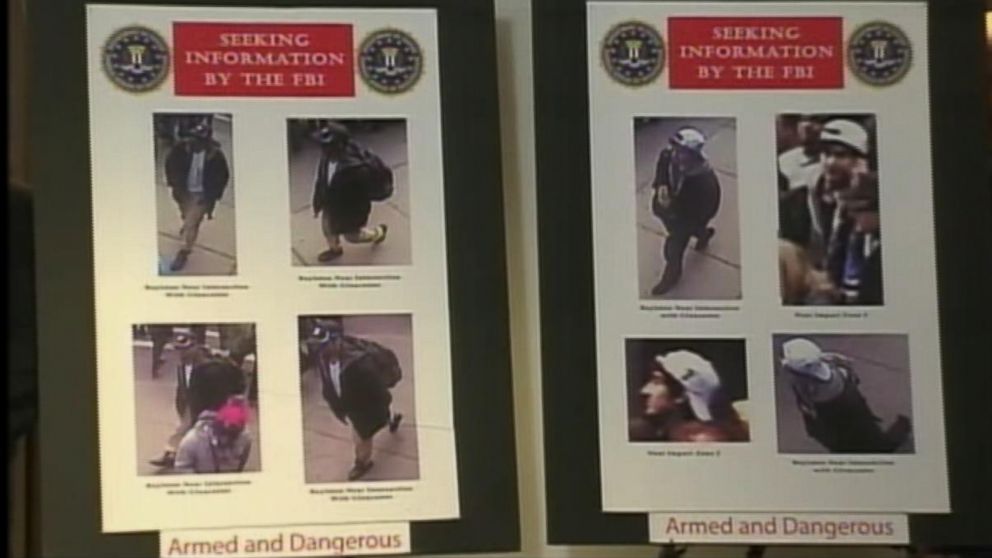
Although calls came in – there was not a single one that night from anyone who knew the Tsarnaevs from school, from the neighborhood, from the gym.
“That one call we were hoping to get,” Kieran said, “that didn’t happen.”
‘Oh My Goodness... Officer Down’
MIT police officer Sean Collier, 27, was sitting in his cruiser in Cambridge, Massachusetts, when two men walked up from behind the vehicle and shot him five times, killing the young officer.
They left and soon returned to steal Collier’s firearm -- but they couldn’t get it out of the holster. MIT police, responding to noise complaints, tried to reach Collier on the radio. When he didn’t answer, other policemen went to check it out.
“Oh my goodness. All units respond. Officer down. Officer down. All units,” came the radio call.
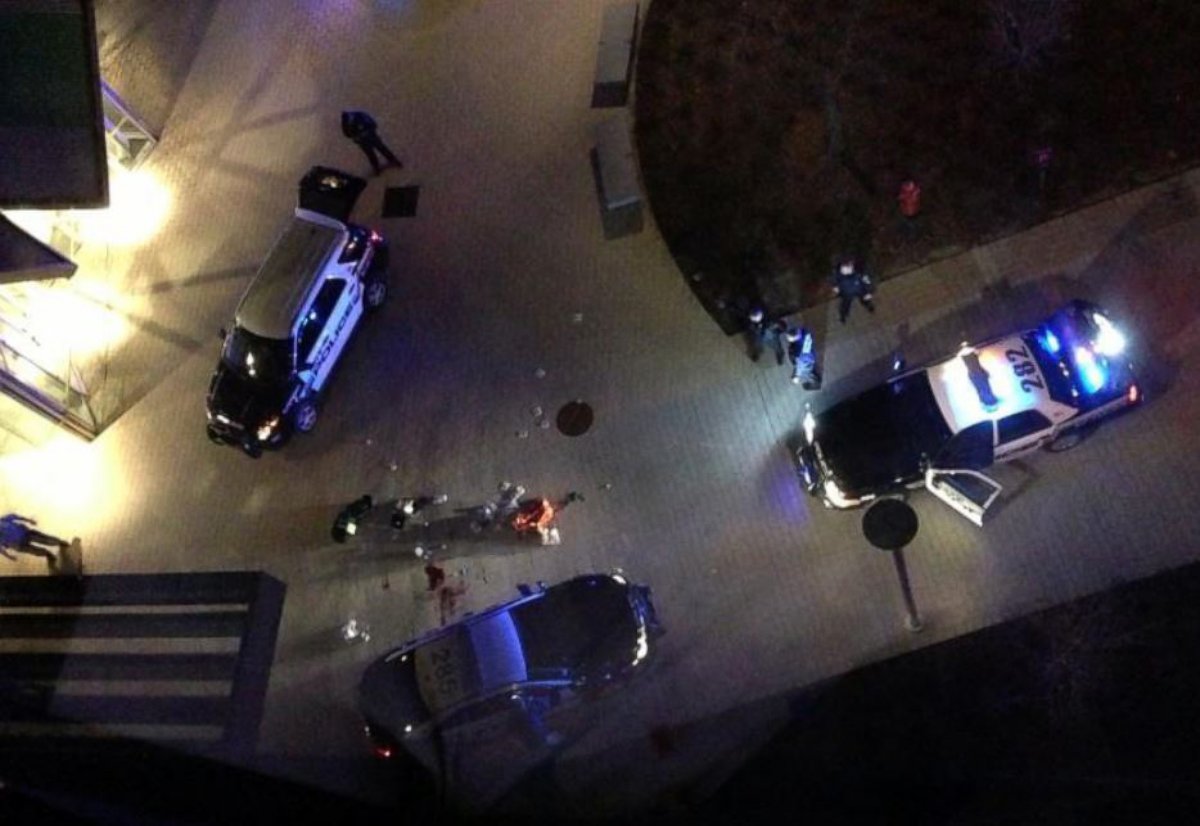
Authorities would later learn that it was the Boston Marathon bombers who killed Collier. At the time, it wasn’t clear the brutal homicide was related to the bombing.
“And then it got worse,” Ramsey recalled. “Then we started hearing about a call for a carjacking.”
After killing Collier, the brothers hijacked a black Mercedes SUV belonging to Chinese immigrant Dun Meng. Meng would later tell a federal court that Tamerlan Tsarnaev pointed a gun at him during the carjacking and said, “Do you know the Boston Marathon explosion?”
Meng said he answered nervously, “Yes, I do.” Tamerlan asked if Meng knew who did it and when Meng said he didn’t know, Tamerlan is said to have responded, “I did it.”
While he was trapped in the car, Meng said the brothers indicated they would go to New York, purportedly to wreak more havoc there like they had in Boston. Meng was able to escape when the Tsarnaevs stopped for gas just after midnight.
Meng got to a phone and placed a frantic phone call to 911. He told them about his ordeal and then shouted into the receiver, “They did the marathon explosions!”
A Shootout in Watertown
The Tsarnaevs raced away without Meng, but after the 911 call, law enforcement was able to “ping” the car through its internal GPS system to see where it was located, Ramsey said.
As police closed in on the vehicle in the sleepy Boston suburb of Watertown, a warning came over the radio: “We’re getting an update, there may be guns in the vehicle.”
Watertown police Sgt. John MacLellan and officer Joey Reynolds were the first two officers on the scene. They didn't know about the connection to the marathon and just thought they were responding to a random carjacking.
“I come around the corner … and the bad guy’s out, arms fully stretched out shooting at the windshield of officer Reynolds’cruiser,” MacLellan recently recounted to ABC News, describing how he drove up just seconds after the gunfire erupted.
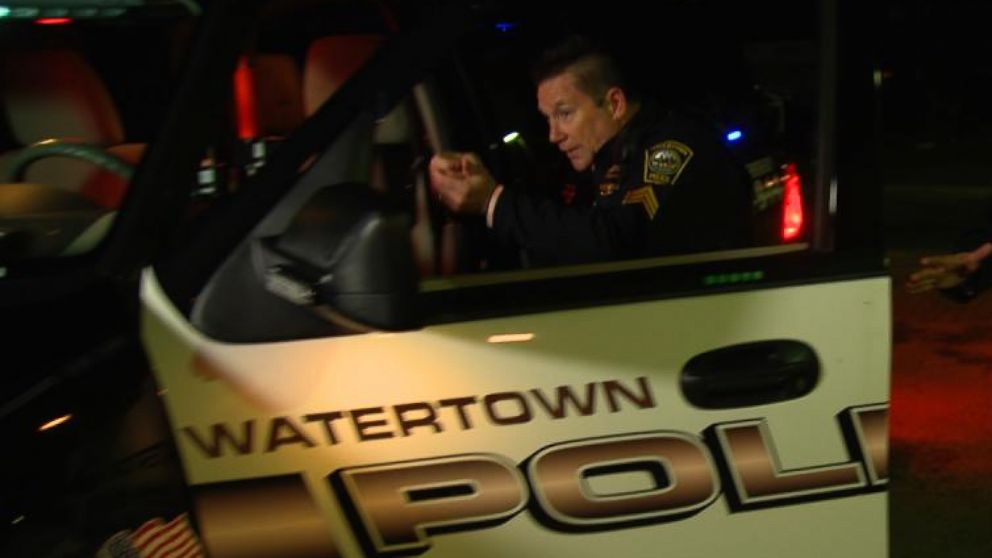
Reynolds started taking fire and then the attacker switched targets to MacLellan – one bullet went right through MacLellan’s windshield but left him unharmed.
MacLellan said he put his cruiser in drive, stepped out and followed it as it rolled forward while firing, using the door as cover. Then he got a clever idea.
“So I probably took 12, 15 steps with the vehicle and saw the tree. I shut the door and I ran to the tree. They think someone’s in it [the car] the whole time. You can see them shooting at it [the car], you can see them throwing bombs at it,” MacLellan said. “I was like, ‘Geez, this is working. I can’t believe it.’”
The Tsarnaev’s had fashioned a handful of other explosives, including pipe bombs and at least one more explosive housed in a pressure cooker, and were lobbing some at the police.
Soon a third Watertown officer, Sgt. Jeff Pugliese, responded to the scene and quickly found himself just feet away from his target.
Pugliese said he opened fire on the suspect with the gun – later identified as Tamerlan Tsarnaev – and hit him several times, but the man kept coming.
“He came charging up the street, shooting at me,” Pugliese told ABC News. “So we’re about six feet apart when he ran up that driveway, and he was shooting at me and I was exchanging gunfire with him.”
Pugliese said after the gunman ran out of ammunition and chucked the pistol at him, he turned and ran off toward the other officers. Pugliese gave chase and tackled him.
“[Tsarnaev] had about eight bullets in him and he was still fighting us,” MacLellan said. “The only thing I had was my empty gun and I pistol-whipped him. I was trying to knock him out. I hit him as hard as I could, 10 or 12 times, couldn’t knock him out … I only did it because I thought we were gonna die. I mean, truly, thought we were gonna die.”
At this point, the younger Tsarnaev -- back in the SUV -- suddenly drove forward and over his own brother, just missing Pugliese.
“I’m lying there and I saw the front wheels go over Tamerlan. I saw him bounce up underneath the carriage a couple of times. I saw him get hung up in the rear wheels and get dragged 20, 25 feet,” Pugliese said. “All we saw was taillights at that point.”
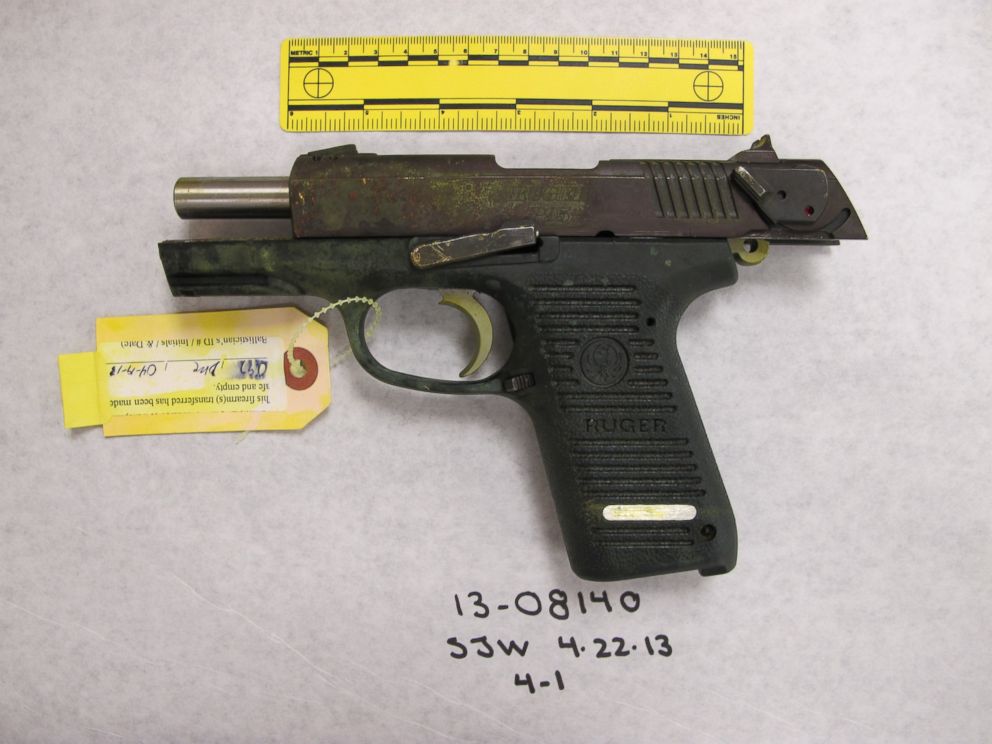
The older suspect was in custody, and police fired as the younger man fled the scene. They missed him, but a ricochet wounded a transit police officer who had responded.
Then the Watertown officers got some stunning news.
“Once the other agencies started showing up, they said to us, ‘Do you know who you have here?’ And we said, ‘A couple of guys that carjacked a car,’” Pugliese said.
“And he goes, ‘No, no, do you know who you got?’” MacLellan said. “’These are the Boston Marathon bombers.’ And I’m like, ‘What?!”
The man in custody would die shortly after being run over by the other bomber, but now law enforcement had a dangerous man on the loose and urgent questions that still needed answers.
“So is this 'Black Hat?' Or is this 'White Hat?'” said John Foley, then-Assistant Special Agent in Charge of the FBI’s criminal program. “What do we have here? Is this bigger than these two people? Is this a cell? Are they getting into our transit system?
“What do we have?”
Just catching up? Click to see Day 1, Day 2 and Day 3 of this special report.
"Five Days": Research by Alex Hosenball, Cho Park, Zoe Lake and Michael Birnkrant. Video editing by Shilpi Gupta, Abhinav Bhat, and Karl Dawson.
